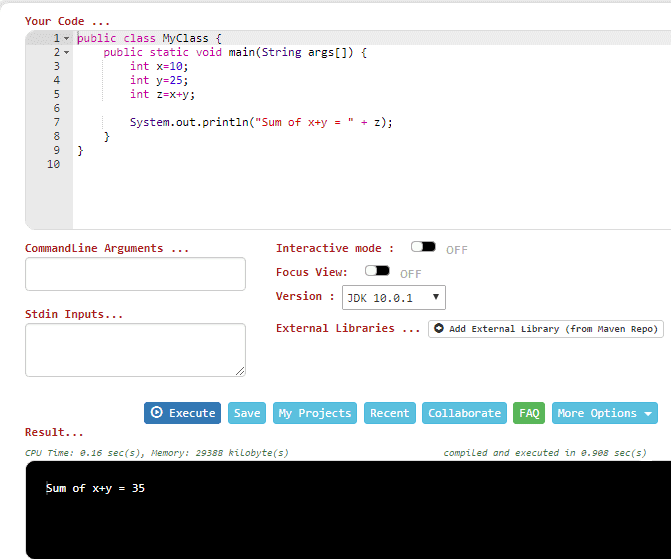

Analog bandwidth is measured in hertz (Hz). In wireless communications, the width or capacity of a communications channel. In wireless communications, a frequency or contiguous range of frequencies. Refers to transporting data or voice between the wireless network and the PDSN (packed data serving node, in wireless communications), or between the wireless network and the Internet (in a wireless local area network implementation). A trusted third party often provides keys.Ĭommunication signals that do not rely on a shared timing mechanism to transmit and receive information. Each individual uses the reciepient’s public key to encrypt the data that is sent and then each individual uses their own private key to decrypt the data received. Public Key EncryptionĪ method of securing data for transmission that equips each user with two keys, a private key and a public key. ARPU is commonly used by wireless network operators and telecommunications/wireless analysts to estimate ROI (return on investment) measures for investments in network infrastructure and end-user services.Īsymmetric Encryption - a.k.a. The monthly revenue generated by a consumer’s wireless device usage. A set of standard methods or functions that application programs can use to access a particular set of services or tools, such as network services and program-to-program commands.Īverage Revenue Per User. member body to the world’s leading standards bodies, including the International Organization for Standardization (ISO).Īpplication Programming Interface. A standards-setting, non-governmental organization that develops and publishes standards for transmission codes and protocols for use in the United States. The American National Standards Institute. The platform is based on the Linux operating system and its applications are written in Java.

Most wireless transmission is now done digitally.Īndroid is an open mobile phone platform that was developed by Google and, later, by the Open Handset Alliance. In telecommunications, an early wireless network technology involving the modulation of radio signals, which transmit information as sound waves over radio signals allowing one call per channel. The first analog cellular phone system commercially deployed in the 1980s.

The radio frequency portion of the circuit (“connection”) between the cellular handset or wireless modem and the active base station (cell tower).Īdvanced Mobile Phone Service. Commonly associated with location-based services (LBS). Differs from traditional GPS by adding an assistance server, which shares tasks with the A-GPS receiver to expedite position location. A technology used to determine an end-user’s position. The 802.11 family of technologies includes 802.11a, 802.11b, 802.11g and 802.11n.Ī network device, or communication hub, that connects wireless devices to a wired local area network (LAN).Īssisted-Global Positioning System. 802.11 technologies use an OFDM air interface to connect a device (for example, a Wi-Fi-enabled laptop) to an access point. Third Generation Partnership Project 2, the standards body that oversees CDMA2000.Ĩ02.11 refers to the body of standards issued by the IEEE for WLANs (wireless local area networks). Third Generation Partnership Project, the standards body that oversees WCDMA. As defined by the International Telecommunications Union (ITU), CDMA2000, CDMA2000 1圎V-DO, WCDMA/UMTS and HSDPA/HSUPA are 3G technologies. Based on digital technology, 3G wireless networks offer increased voice capacity and provide higher data rates than 2G and 2.5G networks. 2.5G technology has been implemented as GPRS. 2G systems are being replaced by 2.5G and 3G networks.īased on digital technology, adding 2.5G wireless technology to a 2G network provides packet-data service and improved data rates. 2G systems traditionally supported voice and circuit-switched data service.

Based on digital technology, 2G wireless networks offer increased voice quality and capacity over 1G systems. Plus, Downlink interference cancellation and mobile receive diversity. 1X Advanced increases voice capacity by incorporating an EVRC-B codec, Quasi-Linear interference cancellation (QLIC) and Quasi-Orthogonal Functions (QOF) within 1x Advanced devices. An evolution of CDMA2000 1X that quadruples the voice capacity of CDMA2000 1X networks and extends its coverage by 70% (if capacity remains the same). 1X is an evolution of cdmaOne™.ĬDMA2000 1X Advanced. Third Generation (3G) wireless technology that offers enhanced voice and data capacity and higher data rates than previous, second generation wireless technologies. Based on analog or AMPS technology, 1G wireless networks were designed to carry voice traffic only.


 0 kommentar(er)
0 kommentar(er)
